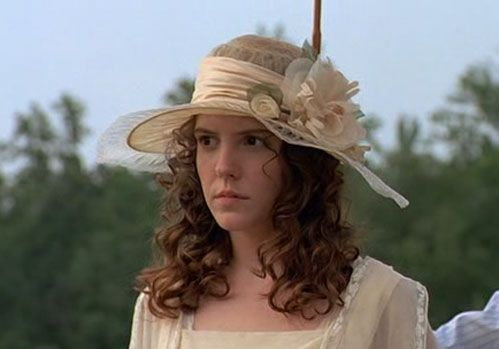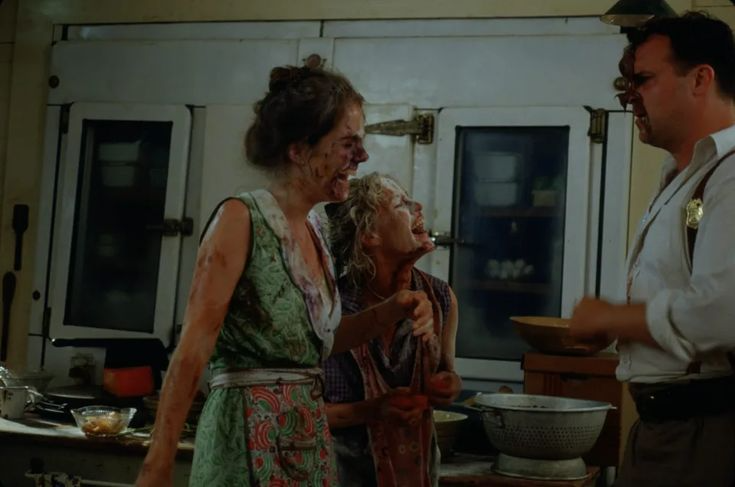
Among the many tender moments in Fried Green Tomatoes, one scene stands apart for its layered emotional resonance and visual poetry: Idgie and Ruth, standing in shallow waters, tossing a fishing net, laughing, splashing each other—carefree, soaked in sunlight, seemingly untouched by the world’s judgment.
At first glance, it’s just a playful interlude. But under the surface, this scene tells a far more powerful story.
A Rare Glimpse of Joyful Intimacy
The relationship between Idgie Threadgoode and Ruth Jamison is the quiet heartbeat of the film. And in this scene, we witness them fully themselves—away from societal pressures, abusive husbands, or the expectations of family.
They are laughing not because something funny happened, but because they feel safe. The water around them becomes a metaphor for emotional baptism—washing off the trauma and sorrow they carry, even if just temporarily.
There are no words of love spoken, but the love is loud.
Cinematography: Light, Water, and Movement
Director Jon Avnet and cinematographer Geoffrey Simpson created a visual language that shifts with the story’s emotional tone. In this moment, they let the camera breathe. It moves slowly, gently. The sunlight is golden, dappled through trees. The water reflects not just their figures, but a version of life that could be — free, natural, shared.
The splashing becomes rhythmic, the laughter echoes faintly, almost musically. It’s the kind of visual softness that makes the heart ache without knowing why.

Subtext and Symbolism
Beneath its beauty, this scene is also loaded with symbolism:
-
Water as Transformation: Much like in religious or mythological traditions, water here symbolizes change. For Ruth, this is one of the first moments where she allows herself to be with Idgie—not as a friend, but as an emotional equal. It foreshadows her eventual choice to leave her abusive husband and build a life at the Whistle Stop Café.
-
Nostalgia as Memory: This scene is told through the memories of Ninny Threadgoode, and it’s tinged with the warm haze of recollection. We aren’t just seeing what happened—we’re feeling what it meant.
-
Queerness in Nature: In a time when public displays of affection between two women would have been condemned, this secluded space in nature becomes their sanctuary. This is a quiet rebellion—loving without apology, even if the world refuses to recognize it.
A Scene That Echoes
Years later, when Ruth is dying, it’s this river memory that returns. The freedom of that moment—wet hair, laughter, unguarded affection—contrasts the hospital bed, the decay, the goodbye. And yet, in some sense, that moment by the river becomes eternal. It is where their relationship reached its most honest, unburdened form.
For viewers, the scene lingers. It’s not dramatic or tragic or loud—but it’s unforgettable.
Why This Scene Still Matters?
In modern queer cinema and feminist film studies, this scene is often referenced as a benchmark for coded intimacy—a moment that shows rather than tells, that allows queerness to exist without having to defend itself.
It reminds us that sometimes the most radical thing a film can do is let two women be happy together, even if just for a few seconds.
